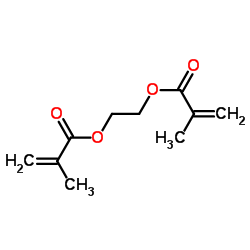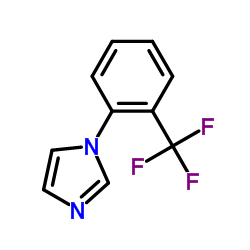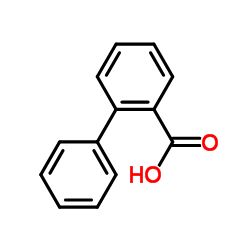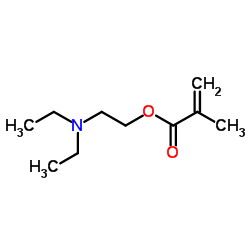| Structure | Name/CAS No. | Articles |
|---|---|---|
 |
Ethylene methacrylate
CAS:97-90-5 |
|
 |
1-(2-(trifluoromethyl)phenyl)-1h-imidazole
CAS:25371-96-4 |
|
 |
Biphenyl-2-carboxylic acid
CAS:947-84-2 |
|
 |
2-Diethylaminoethyl methacrylate
CAS:105-16-8 |
|
 |
Dichloromethane
CAS:75-09-2 |
|
 |
Valeronitrile
CAS:110-59-8 |
|
 |
Trimethylolpropane trimethacrylate
CAS:3290-92-4 |